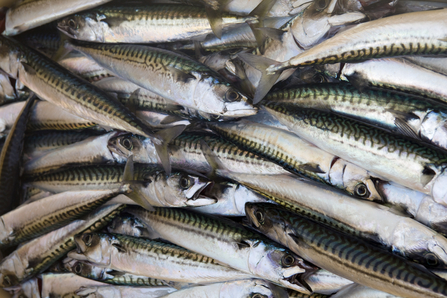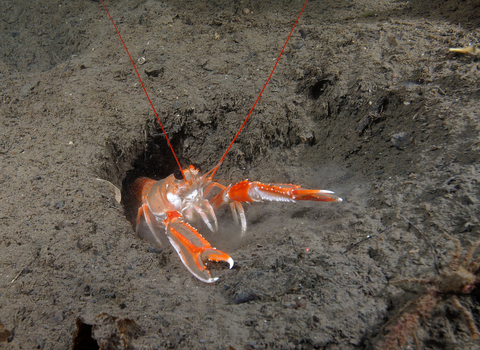One of the many challenges facing the Government as the UK leaves the European Union is how to manage UK fisheries. Ministers and officials are looking to introduce new legislation that will set out who can fish where and how much fish they can catch and will be putting forward proposals in the coming weeks. Central to discussions around these issues is the extent to which we may, or may not, continue to be subject to the Common Fisheries Policy, or CFP.
Many in the fishing industry, especially in the catching sector, are looking forward to the day that we can throw off the shackles of the CFP. All the industry’s ills are laid at its door and leaving the EU is seen as an opportunity to re-write the rule book. But much of this is based on a mis-reading of the past and a misunderstanding of what the CFP really is. When you look more closely at the core of the CFP, and what it is trying to achieve, it is difficult to see that it can be replaced by anything that is much different.
The first thing to say is that the CFP is not simple. It is big and complicated. It is not one policy, but a package of policies, all aimed at managing European fishing fleets, conserving fish stocks and allowing all fishers to compete fairly in the marketplace.
It covers areas such as trade in fish and fish products. A highlight of this is the requirement that all fish is properly labelled so we know what fish we, as consumers, are buying and where it came from. There is an international element to the CFP. With a quarter of fish taken by EU vessels coming from waters outside the EU, international policies and agreements are of vital importance. And, of direct value to the fishing industry, there is the European Maritime and Fisheries Fund, which provides financial support for delivering all aspects of the CFP.
These wider policies are important. But they are not the focus of fishing industry and press attention. It is the final piece of the CFP jigsaw that is in the spotlight. It is the fisheries management measures that are the cause of so much anger and that UK fishers want to ditch. The irony is that for all its faults in earlier times, the current version of the CFP is working. The decline in many fish stocks, in part caused by politicians ignoring the advice of scientists, is being reversed. Now numbers are slowly recovering as more sustainable catch limits are put in place.



